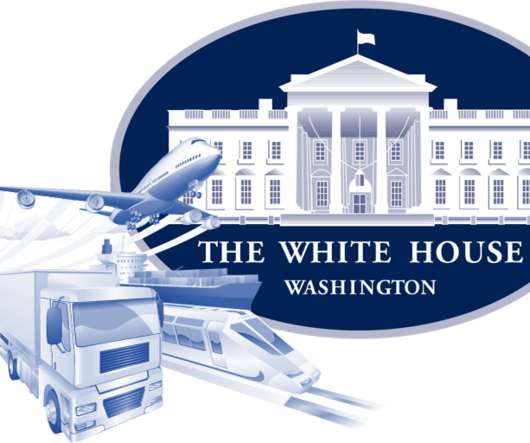Commodities Used in Electric Car Batteries: An Update on Lithium and Nickel
Resilinc
NOVEMBER 1, 2023
And importantly, The EU’s new series of proposed targets and reforms, contained in its Green Deal Industrial Plan, aims to ensure that at least 40% of the EU’s low-carbon technologies will be made within its borders by 2030. from 2023 to 2030. billion in 2022 and is estimated to grow at a compound annual growth rate (CAGR) of 6.6%
















Let's personalize your content